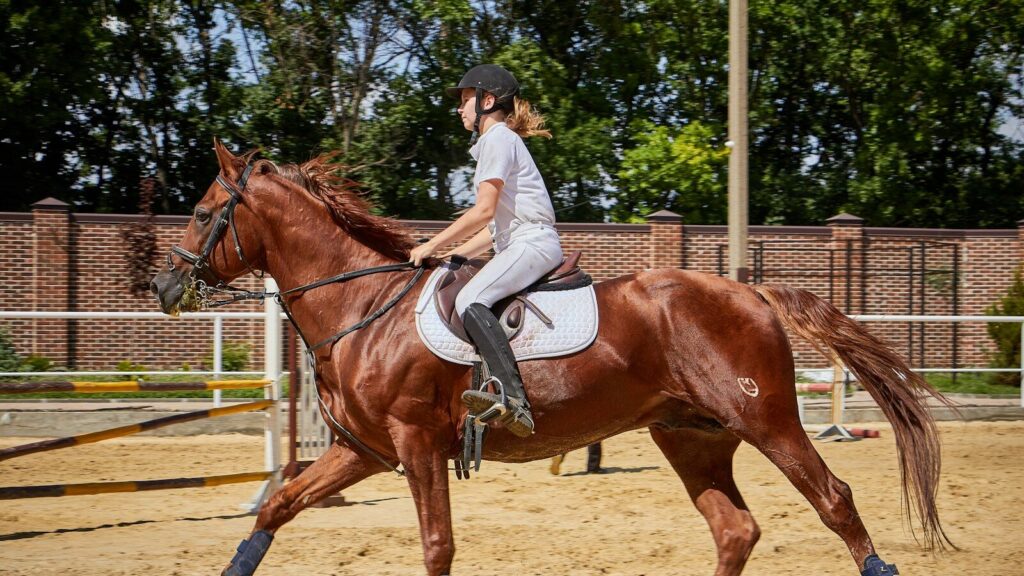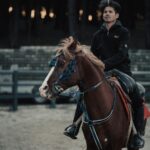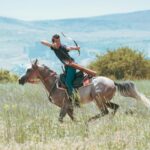The equestrian world has been revolutionized by technological advancements designed to enhance safety, improve training effectiveness, and streamline operations for riding schools. From sophisticated arena equipment to digital management solutions, these innovations are transforming how instructors teach and how students learn. Modern riding schools now leverage technology not only to provide better care for their equine partners but also to deliver more engaging, effective, and safe riding experiences. This article explores the top ten technological innovations that are making significant impacts in riding schools around the world, helping instructors and facility managers balance tradition with innovation in this time-honored sport.
Automated Horse Walkers: The Exercise Revolution
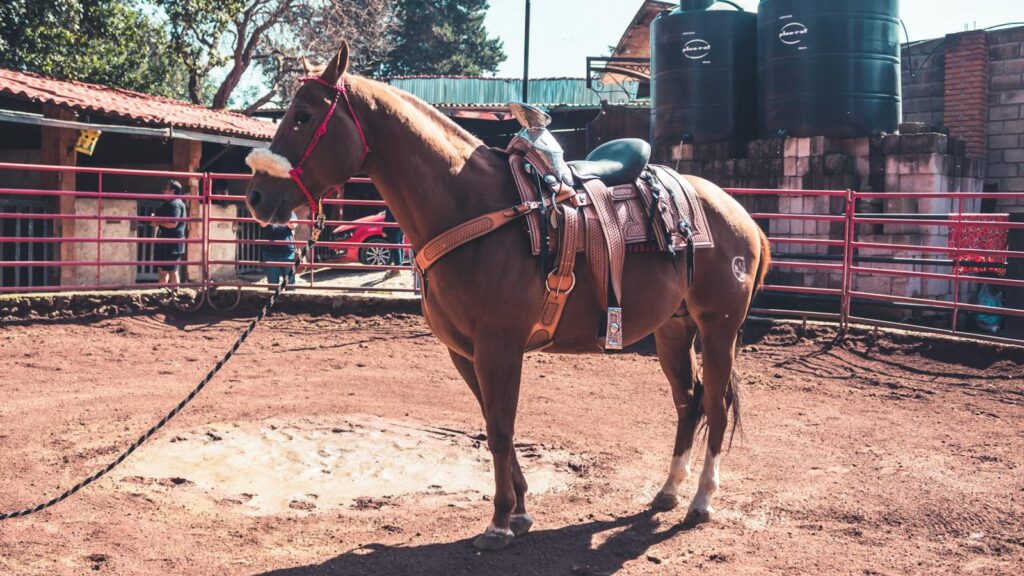
Automated horse walkers have become indispensable equipment in modern riding schools, offering consistent exercise solutions for multiple horses simultaneously. These circular or elliptical systems allow horses to walk, trot, or even canter in a controlled environment without requiring staff supervision for each animal. Advanced models feature programmable speeds, direction changes, and gradual acceleration to prevent injuries and customize exercise regimens for horses of different ages and fitness levels. For busy riding schools, these systems ensure that school horses receive adequate daily movement even during inclement weather or when staff resources are limited. The latest generation of horse walkers even includes monitoring technology that tracks each horse’s exercise duration and movement patterns, helping staff maintain optimal fitness programs for their equine teaching partners.
Arena Footing Monitoring Systems: Precision Surface Management
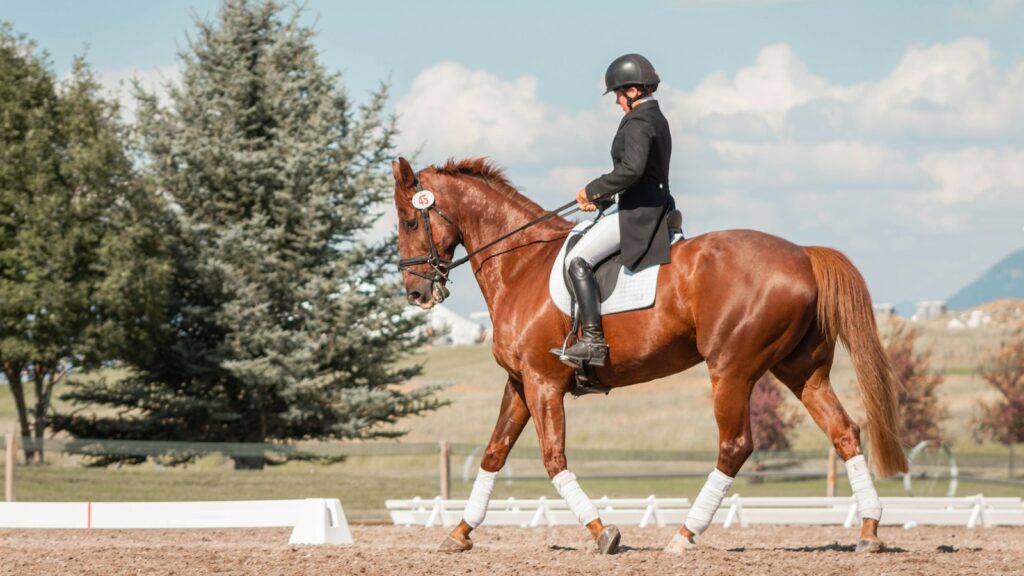
The quality of arena footing significantly impacts both horse safety and performance, making footing monitoring systems incredibly valuable investments for professional riding facilities. These systems use moisture sensors, depth gauges, and impact measurement tools to provide real-time data on arena conditions throughout the day. Smart footing systems can alert staff when watering is needed or when compaction has reached levels requiring maintenance, eliminating guesswork from arena management. Some advanced systems integrate with automated watering equipment to maintain optimal moisture levels automatically based on weather conditions, scheduled usage, and footing type specifications. For riding schools hosting frequent lessons and competitions, these monitoring systems reduce maintenance costs while maximizing arena availability and providing consistent riding surfaces that minimize injury risks for both horses and riders.
Equine Fitness Trackers: Data-Driven Training
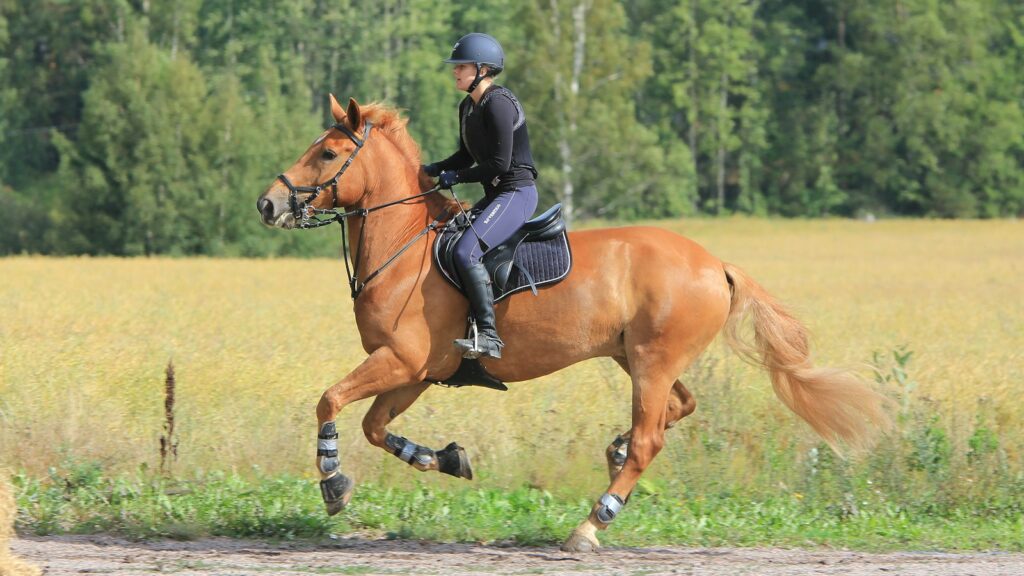
Equine fitness trackers have transformed how riding instructors evaluate school horses’ workloads and physical condition throughout their working days. These wearable devices, typically attached to girths, saddle pads, or boots, collect comprehensive data on heart rate, respiratory patterns, symmetry of movement, and stride length during riding sessions. Instructors can use this biometric feedback to ensure school horses are working at appropriate levels for their fitness and to identify early signs of lameness or discomfort before they become serious issues. The historical data these trackers provide helps schools create optimal work schedules for their horses, preventing overuse of particular animals and ensuring appropriate rest periods between lessons. For teaching programs focused on equitation science, these trackers also offer valuable opportunities to demonstrate to students the physical effects of different riding techniques on their mounts.
Video Analysis Systems: Revolutionizing Rider Feedback

Video analysis technology has revolutionized riding instruction by providing objective visual feedback that dramatically accelerates student learning. Modern systems go far beyond simple recording, incorporating multiple camera angles, slow-motion capabilities, and comparison tools that allow side-by-side analysis with reference riders or previous lessons. The most advanced systems include motion tracking that can analyze rider position, highlighting asymmetries or position faults that might be difficult for instructors to spot in real-time during busy group lessons. Many riding schools now incorporate tablet-based mobile systems that allow instructors to capture and analyze footage immediately during lessons, providing instant visual feedback rather than relying solely on verbal instructions. These visual learning tools are particularly valuable for kinesthetic learners who benefit from seeing their riding patterns rather than just hearing about needed corrections.
Riding School Management Software: Streamlining Operations
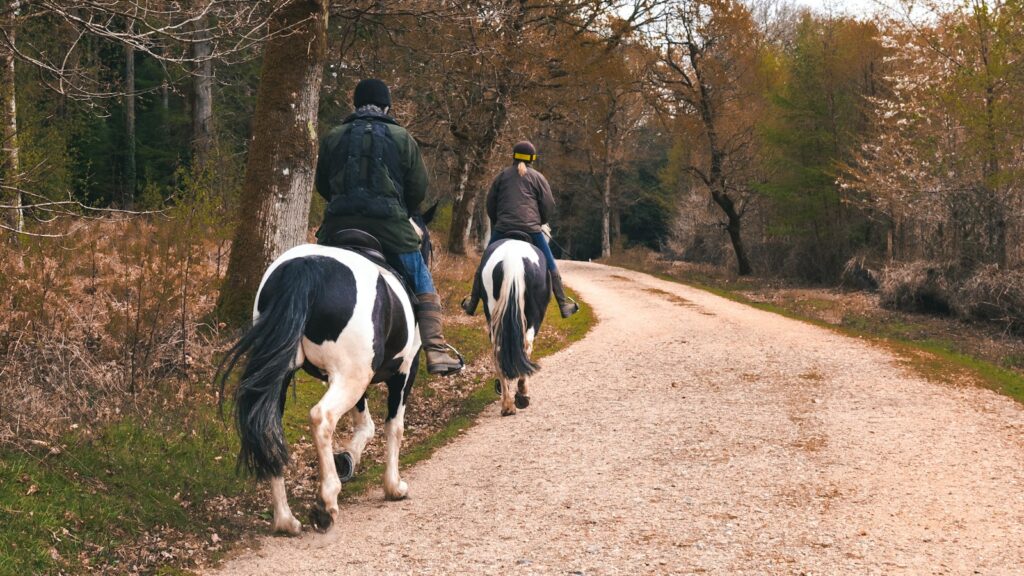
Comprehensive management software designed specifically for equestrian facilities has transformed daily operations for riding schools of all sizes. These digital platforms integrate scheduling, billing, horse management, staff coordination, and client communication into single systems accessible from multiple devices. Advanced features include automated lesson reminders, online payment processing, digital liability waivers, and horse usage tracking to prevent individual school horses from being overworked. The most sophisticated programs incorporate horse health records, feeding schedules, and maintenance logs, creating complete digital histories for each school horse and facility area. For instructors and barn managers, these systems eliminate hours of paperwork while providing valuable analytics on business performance, popular lesson times, and student retention rates that help optimize program offerings.
Biomechanical Saddle Pressure Mapping: Ensuring Proper Equipment Fit
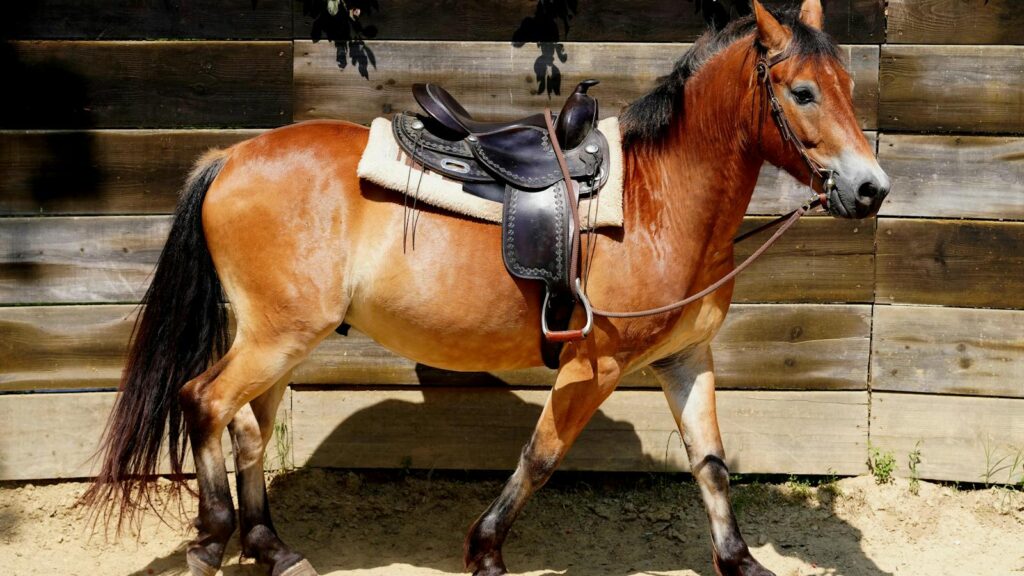
Saddle pressure mapping systems have become crucial tools for riding schools committed to maximizing horse comfort and longevity in their lesson programs. These systems use thin sensor mats placed between the horse’s back and the saddle to create real-time digital displays of pressure distribution during different riding activities. For schools with multiple riders using the same horses, these systems help identify which saddles work best for specific horse-rider combinations and when adjustments or reflocking are needed. Instructors can use the pressure maps during lessons to demonstrate to students how their position and weight distribution affect their horse’s comfort and movement quality. For riding schools with therapeutic programs, these systems are particularly valuable for adapting equipment to riders with physical asymmetries or special needs, ensuring both human and equine comfort during sessions.
Smart Helmet Technology: Enhancing Rider Safety
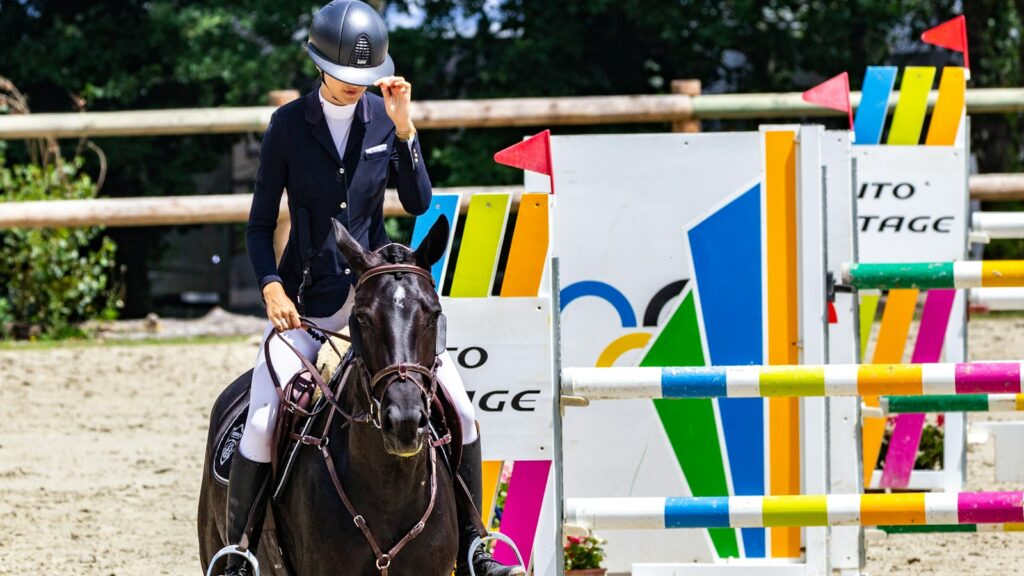
Smart riding helmets represent the cutting edge of equestrian safety technology, offering protection that goes far beyond traditional headgear. These advanced helmets incorporate impact sensors that can detect falls and automatically alert emergency contacts with the rider’s GPS location if the rider remains motionless after impact. Some models include built-in communication systems that allow instructors to speak directly to students from anywhere in the arena, particularly valuable for riders with hearing impairments or for instructing nervous beginners without shouting. The most sophisticated versions even incorporate augmented reality displays that can show jumping lines or dressage patterns in the rider’s field of vision during training sessions. For riding schools, investing in smart helmet technology for staff and loaners for students demonstrates a serious commitment to safety while providing practical communication advantages during group lessons.
Electronic Jumping Equipment: Modernizing Course Design
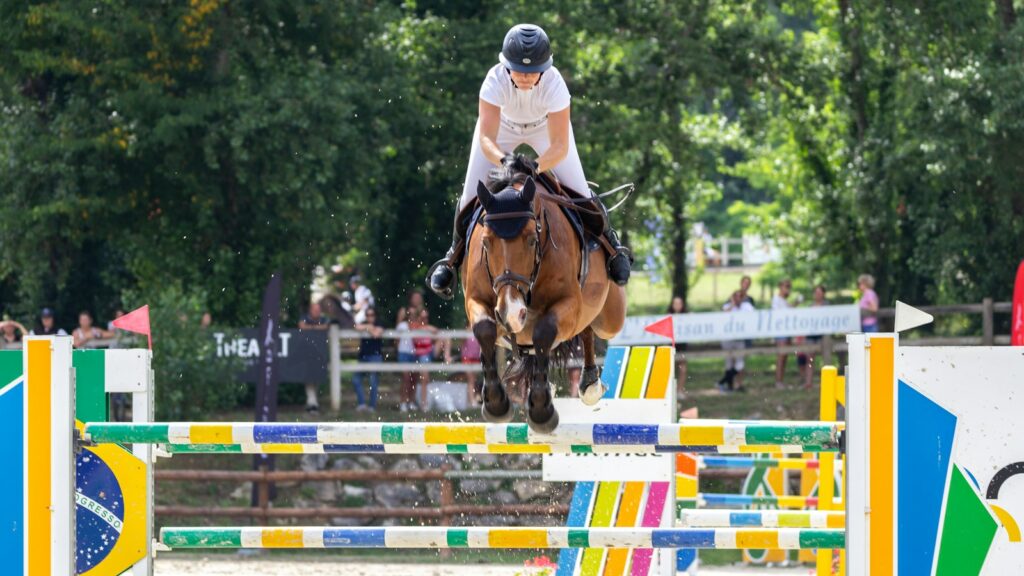
Electronic jumping equipment has transformed how riding schools teach jumping disciplines, making courses more versatile, safer, and easier to manage. Wireless remote-controlled jump cups and electronic height adjusters allow instructors to modify courses quickly between riders without leaving their teaching position or interrupting the flow of lessons. Timing systems with digital displays give immediate feedback on pace and round completion, adding competitive elements to regular training sessions without requiring competition settings. Progressive schools are also incorporating jump analyzers that measure takeoff distance, trajectory, and landing forces to provide technical feedback for improving jumping technique. For facilities offering evening lessons, LED-illuminated jump poles and standards not only improve visibility but create engaging, colorful courses that appeal particularly to younger riders.
Virtual Reality Training Simulators: Risk-Free Skill Development
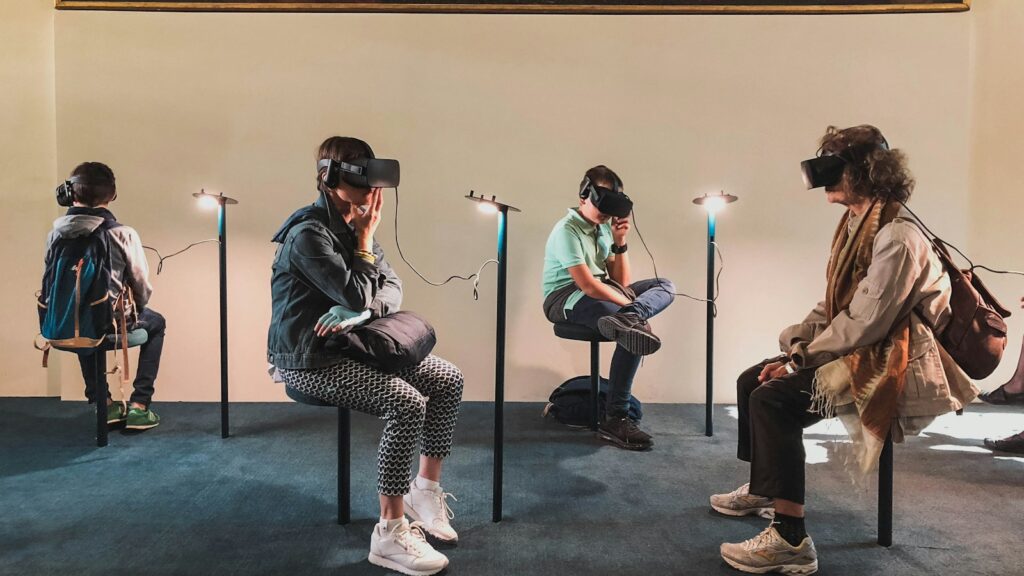
Virtual reality riding simulators have evolved from novelty items to sophisticated training tools that many forward-thinking riding schools now incorporate into their instruction programs. These systems combine mechanical horse simulators with immersive VR headsets to create realistic riding scenarios ranging from basic walk-trot-canter work to advanced jumping or dressage movements. The simulator’s movement accurately reproduces equine gaits while the VR environment responds to rider inputs, creating a multi-sensory learning experience without the unpredictability of live horses. For instructors, these systems provide unparalleled opportunities to teach specific skills repeatedly in controlled environments before students attempt them on live horses, particularly valuable for teaching emergency scenarios like refusals or loss of control. Schools report these simulators are especially effective for helping riders overcome fear after falls, building confidence in beginner riders, and allowing riders to practice advanced skills safely before attempting them in traditional lessons.
Climate Control and Air Quality Monitoring: Creating Optimal Training Environments
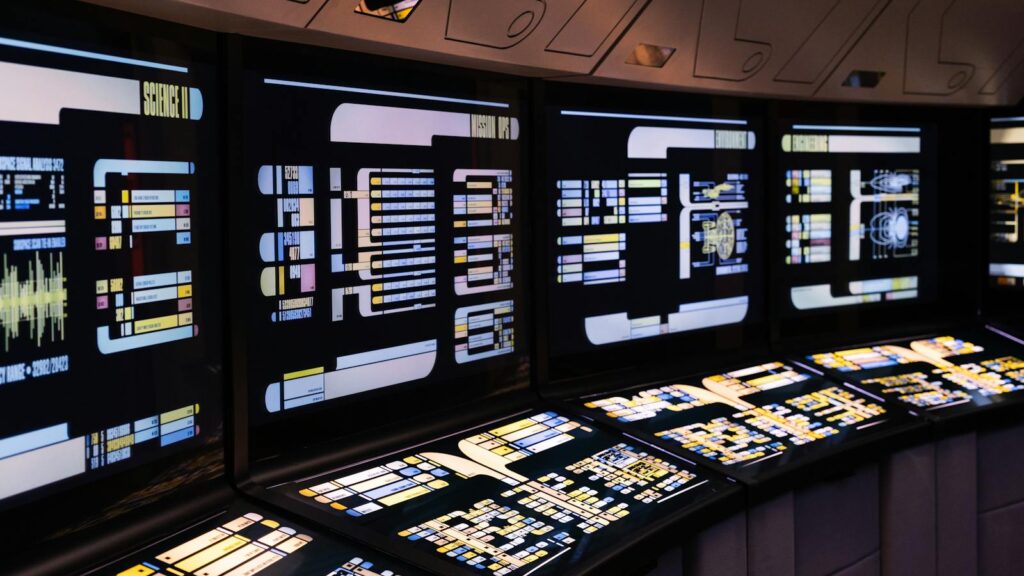
Advanced climate control and air quality monitoring systems have become essential technologies for indoor riding arenas, particularly in regions with extreme weather conditions. These integrated systems maintain optimal temperature, humidity, and dust levels through sophisticated sensor networks that continuously measure environmental conditions throughout the arena space. For riding schools operating in cold climates, radiant heating systems designed specifically for equestrian facilities provide even, energy-efficient warmth without creating dangerous drafts or hot spots that could affect horse performance. In warmer regions, high-volume low-speed fans combined with misting systems create comfortable teaching environments even during summer months without creating slippery footing. The air quality components of these systems are particularly valuable in managing respirable dust particles that can affect both human and equine respiratory health during intensive lesson schedules.
Remote Lesson Platforms: Expanding Educational Reach
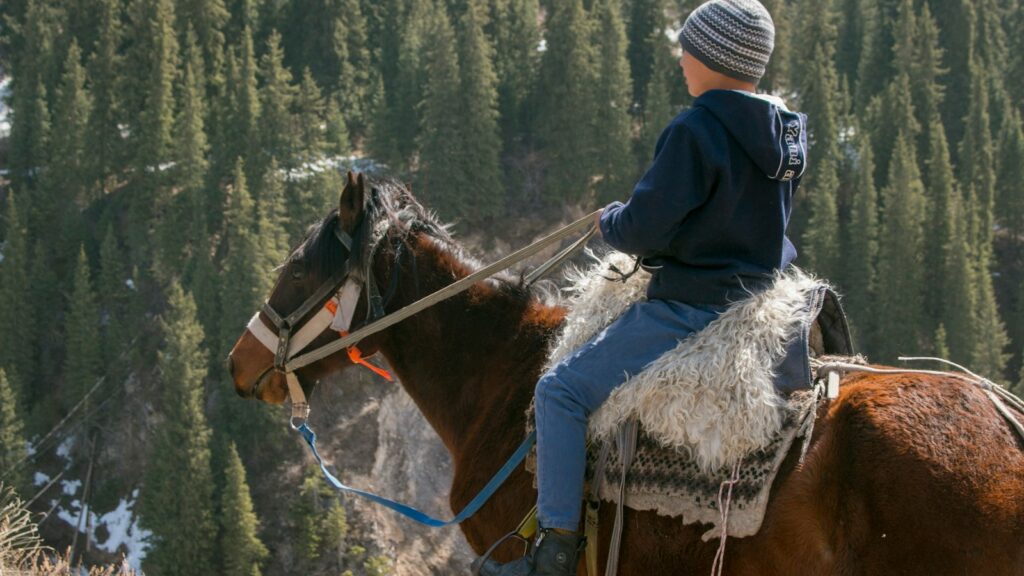
Remote teaching platforms designed specifically for equestrian education have expanded dramatically in popularity, allowing riding schools to offer hybrid learning models that combine in-person and virtual instruction. These specialized platforms include features like split-screen viewing to simultaneously show rider position and horse movement, drawing tools that allow instructors to illustrate correct lines or angles over live video, and recording capabilities for later review. Many schools now use these platforms to offer supplementary theory lessons, evaluate homework videos from students practicing between mounted lessons, or provide instruction during periods when in-person lessons aren’t possible. For riding schools in rural areas, these technologies open new revenue streams through virtual coaching for distant clients who might otherwise have no access to quality instruction. The most successful implementations use these platforms to enhance rather than replace traditional instruction, creating more comprehensive and accessible equestrian education programs.
Conclusion: Balancing Tradition with Innovation
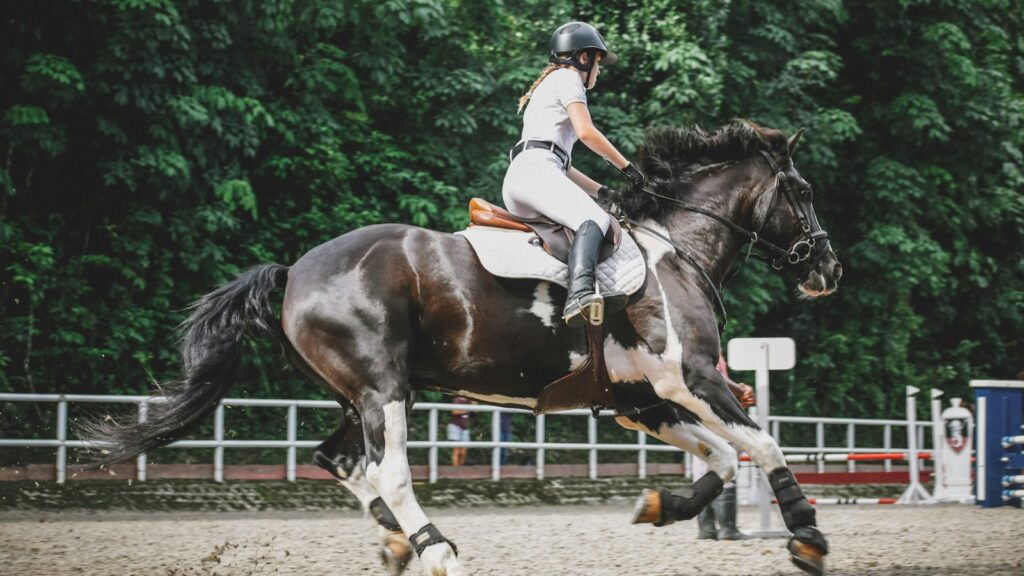
The integration of these technological innovations into riding school operations represents a thoughtful balance between honoring equestrian traditions and embracing modern advantages. While the fundamental relationship between horse and rider remains at the heart of equestrian education, these technologies enhance safety, improve learning outcomes, and create more sustainable business models for riding schools facing increasing operational costs. The most successful implementations occur when technology serves as a tool that supports rather than replaces knowledgeable instruction and horsemanship. As these technologies become more affordable and user-friendly, even small riding schools can selectively adopt solutions that address their specific challenges, ultimately creating better experiences for students, staff, and the horses that make equestrian education possible. The future of riding instruction will likely continue this integration of time-honored techniques with innovative tools that expand the possibilities of equestrian education.

